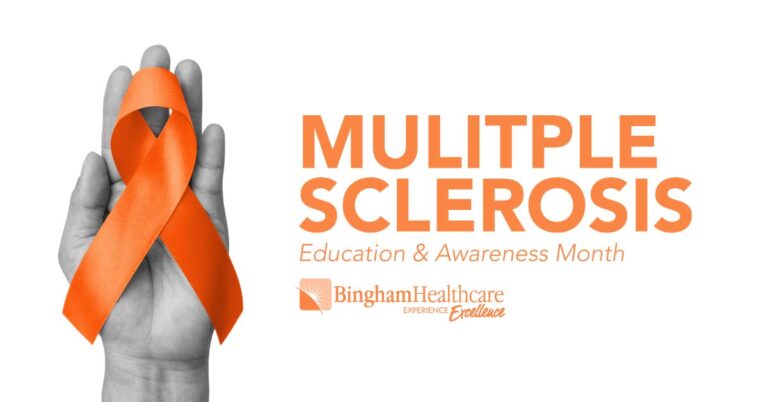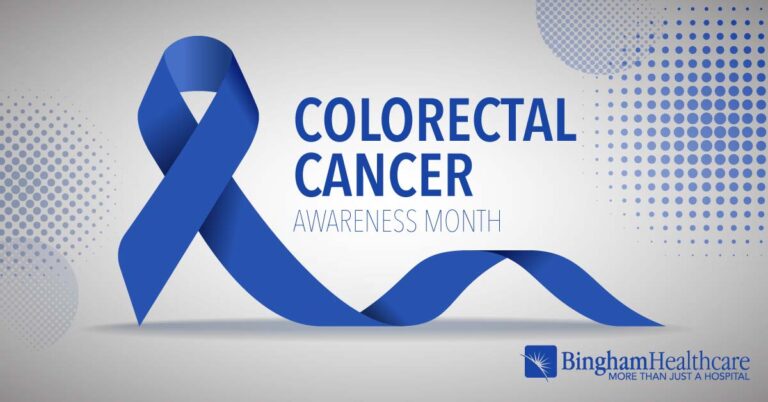
5 Malignant Myths
From underwire bras as a cause of breast cancer (not true) to the HPV vaccine leading to cervical cancer (not true), myths sometimes take off faster than fresh air can spread a tumor (also untrue).
“The problem is there is so much misinformation online today that it can be difficult to distinguish fact from fiction,” says Christopher Heatherton, DO, the latest family medicine specialist to join Bingham Memorial Family Medicine in Blackfoot.
Here are five common cancer myths:
Myth 1: Breast cancer is the No. 1 cancer killer of women.
Truth: Breast cancer is the No. 2 cancer killer of women, behind lung cancer. In 2015, more than 40,000 women were expected to die from breast cancer, and more than 70,000 from lung cancer.
Breast cancer has gotten more press, and there are a lot more survivors out there talking about survivorship. As a result, women think breast cancer is the No. 1 cancer killer.
Myth 2: Only smokers get lung cancer.
Truth: One in five lung cancer patients is a lifelong nonsmoker, Dr. Heatherton says. In fact, the percentage of nonsmokers getting lung cancer is actually increasing. Nonsmokers can get lung cancer from radon gas, secondhand smoke, carcinogens in their workplace or a genetic cause. That’s why it’s important not to assume anything about a cancer patient’s lifestyle or behaviors.
Myth 3: Getting a “base tan” at a tanning salon is a good way to prevent sunburn before that beach vacation.
Truth: Tanning injures the skin and offers very little protection against sunburn. And it’s not just tanning booths: Dr. Heatherton cautions against outdoor sun exposure, too.
“The thing people need to focus on—even when they go to the Caribbean in the fall and winter months—is sun avoidance and wearing long sleeves and sunscreen,” he says.
Myth 4: All cancerous tumors are bad and should be removed as soon as possible.
Truth: In our new era of “precision medicine,” technology is allowing physicians to better identify cancers that need to be watched versus cancers that need to be treated.
It has been estimated that as many as one in five cancers does not need to be treated.
The medical field spent 200 years saying all cancers were bad. Now with MRI, physicians might find a small lesion in a woman’s breast that is not genetically programmed to grow and kill—and leave it alone. This “watch and see” approach is used with certain prostate, thyroid, lymphatic and brain cancers, among others.
Myth 5: If you operate on colon cancer, it will spread.
Truth: If you don’t operate on colon cancer, it can lethally spread. When surgeons do a colon cancer operation, they actually clamp each end of the bowel that they are taking out with the idea that the tumor won’t spread into the abdomen.
Sometimes a colon cancer is thought to be localized, but once inside, surgeons discover it has spread beyond the colon. This reality—coupled with the very precautions taken by surgeons to prevent the spread of cancer—has helped this myth persist for years.
Need a Family Medicine Doctor?
Dr. Heatherton recently joined Bingham Memorial Hospital as a family medicine doctor. He sees patients in Blackfoot. To schedule, call (208) 782-2980. Same-day appointments are available.
To learn more about Dr. Heatherton, please click here.
Our content is reviewed regularly and is updated when new and relevant evidence is made available. This information is neither intended nor implied to be a substitute for professional medical advice. Always seek the advice of your physician or other qualified health provider prior to starting any new treatment or with questions regarding a medical condition.
Return to Articles


